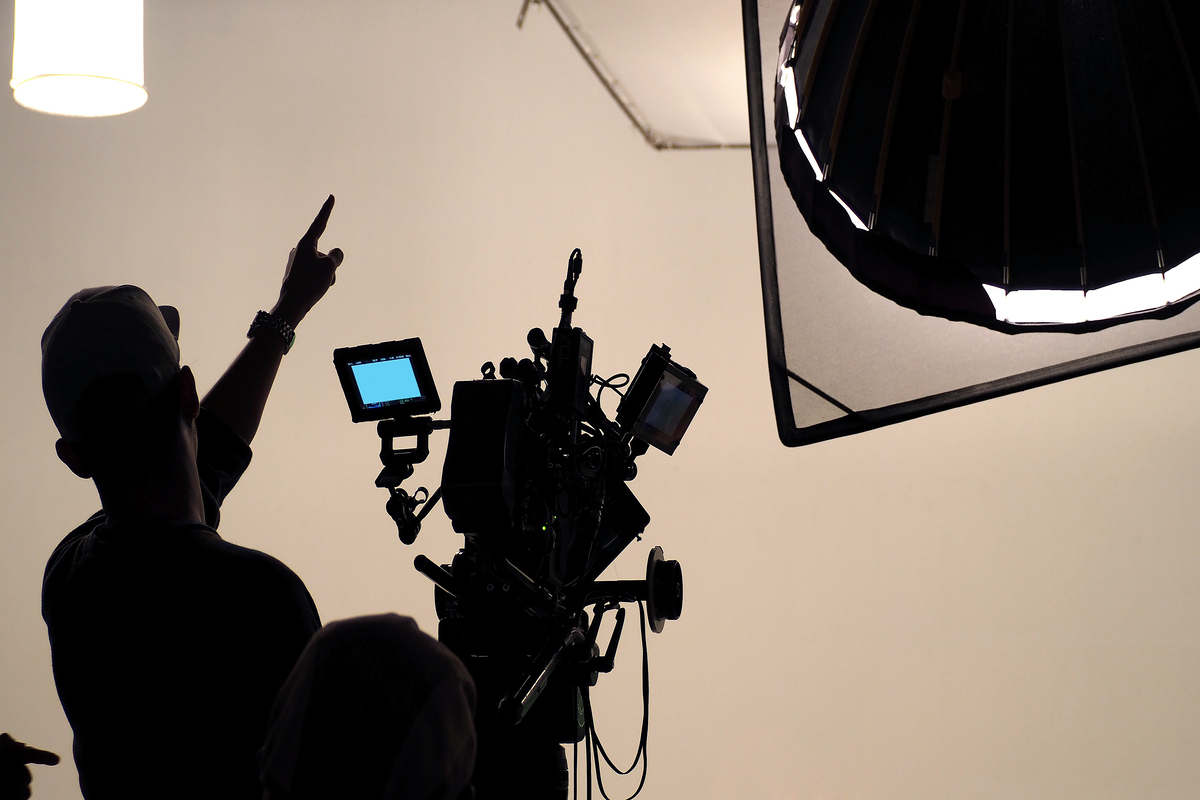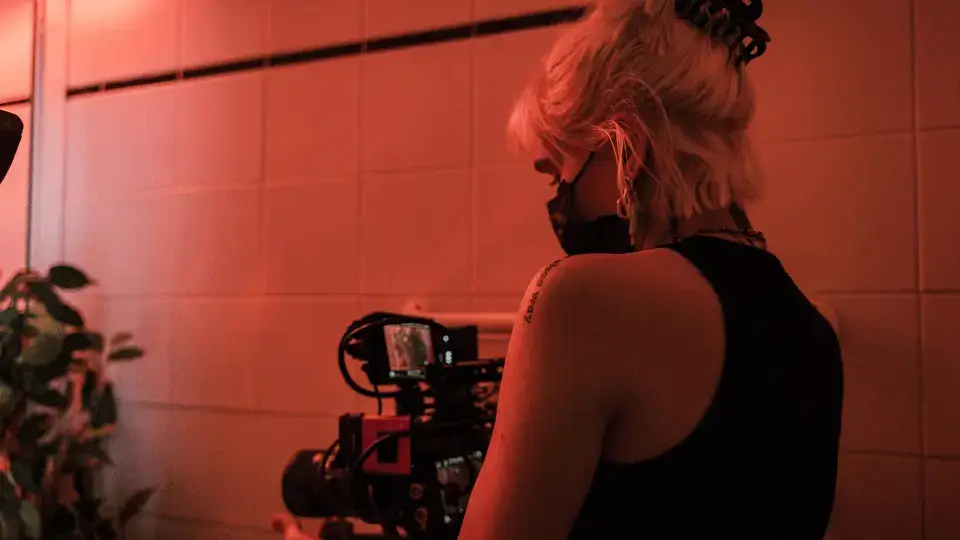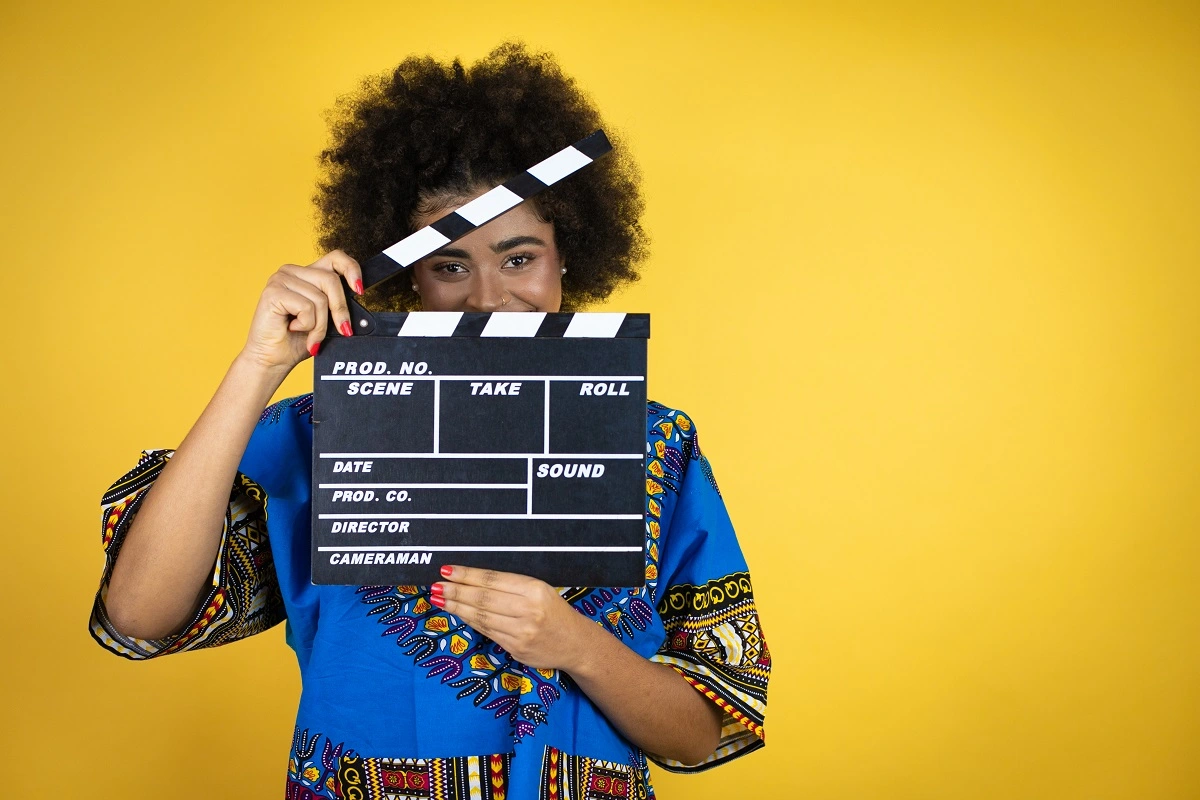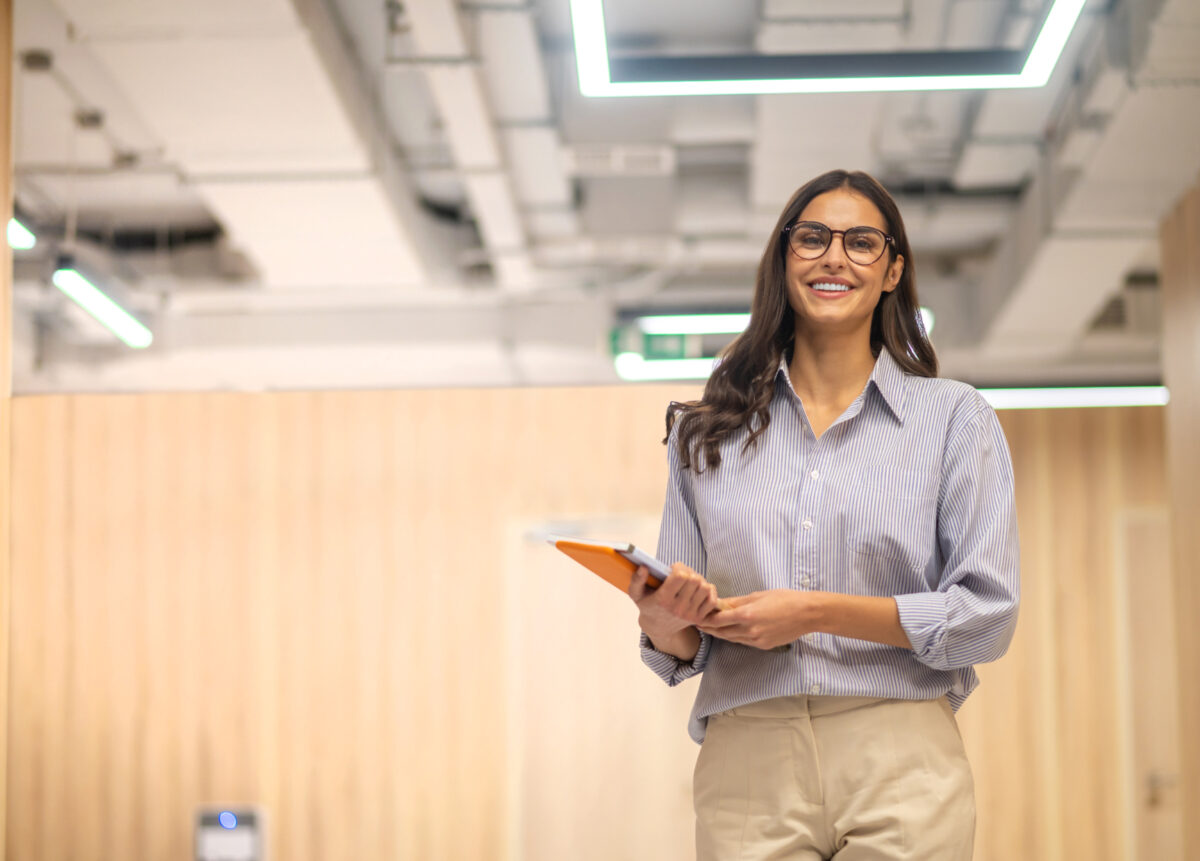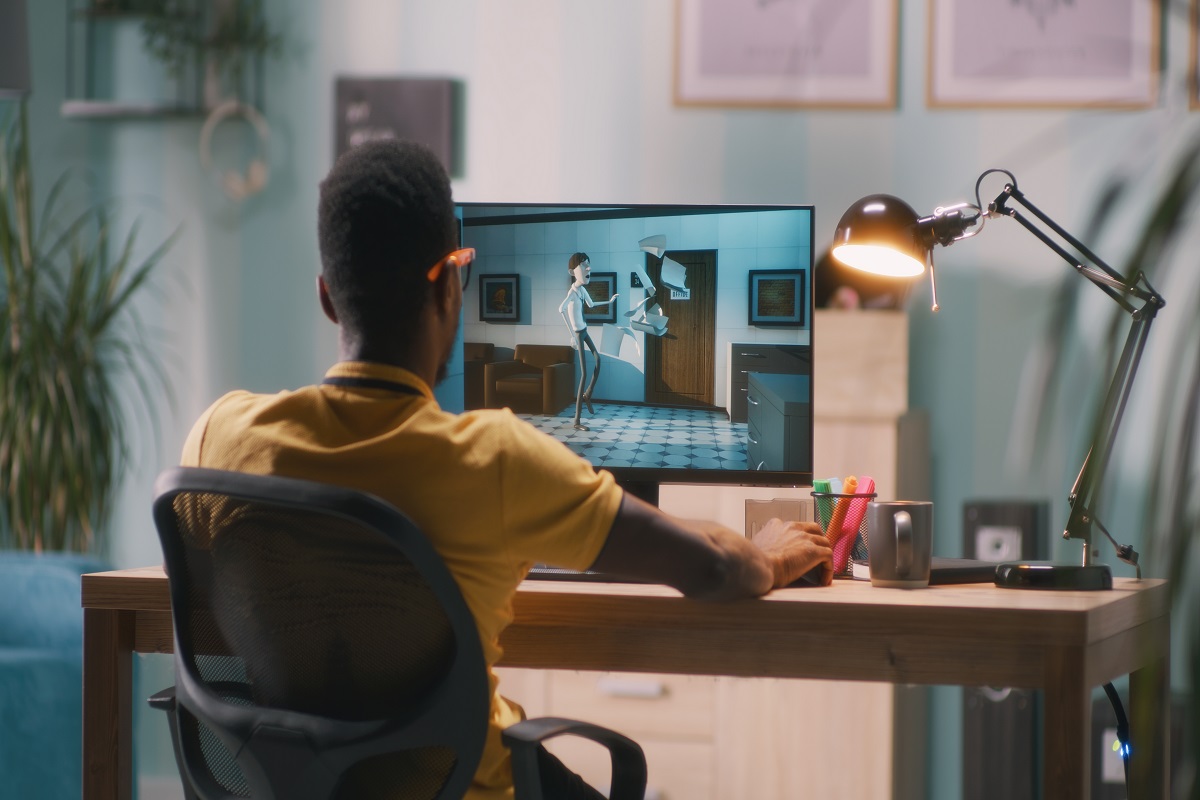A Guide to Becoming a Successful Film Production Manager
Learn the skills and education needed to become a successful film production manager. Discover the key qualities required, from organizational and interpersonal skills to a deep understanding of the filmmaking process. Find out how experience and networking play a role in this competitive field. Consider taking an online course to further enhance your knowledge.

